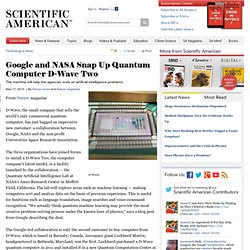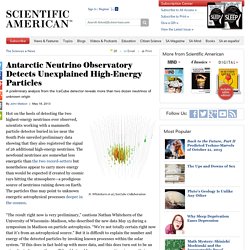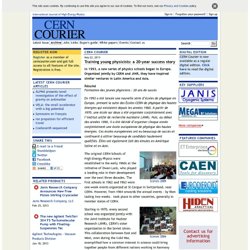

Workbench : Nature Network. How To Combat Student Plagiarism. Plagiarism, defined as the “wrongful appropriation” of another’s words or ideas, is a pervasive problem in schools.

Many teachers and administrators believe that the internet has caused an explosion of academic dishonesty (a recent PEW survey of College Presidents would agree). While, most teachers and administrators are familiar with tools like turnitin that can catch plagiarism after the fact, there are some ways that educators can combat plagiarism before it starts! In the new digital frontier, we need to hold digital literacy at the forefront when teaching students how to use and incorporate material into their work. Today’s students are used to rapid answers to questions via quick searches (again, verified by PEW in “How Teens Do Research”). Provide students with meaningful lessons and examples of “real world” plagiarism. Students need to understand why proper citation and documentation is necessary not only in academic research but in “real life.” Google and NASA Snap Up Quantum Computer D-Wave Two. From Nature magazine D-Wave, the small company that sells the world’s only commercial quantum computer, has just bagged an impressive new customer: a collaboration between Google, NASA and the non-profit Universities Space Research Association.

The three organizations have joined forces to install a D-Wave Two, the computer company's latest model, in a facility launched by the collaboration — the Quantum Artificial Intelligence Lab at NASA's Ames Research Center in Moffett Field, California. The lab will explore areas such as machine learning — making computers sort and analyse data on the basis of previous experience. This is useful for functions such as language translation, image searches and voice-command recognition. “We actually think quantum machine learning may provide the most creative problem-solving process under the known laws of physics,” says a blog post from Google describing the deal. Antarctic Neutrino Observatory Detects Unexplained High-Energy Particles. Hot on the heels of detecting the two highest-energy neutrinos ever observed, scientists working with a mammoth particle detector buried in ice near the South Pole unveiled preliminary data showing that they also registered the signal of 26 additional high-energy neutrinos.

The newfound neutrinos are somewhat less energetic than the two record-setters but nonetheless appear to carry more energy than would be expected if created by cosmic rays hitting the atmosphere—a prodigious source of neutrinos raining down on Earth. The particles thus may point to unknown energetic astrophysical processes deeper in the cosmos. “The result right now is very preliminary,” cautions Nathan Whitehorn of the University of Wisconsin–Madison, who described the new data May 15 during a symposium in Madison on particle astrophysics. “We’re not totally certain right now that it’s from an astrophysical source.” So IceCube physicist Naoko Kurahashi Neilson, also of U.W. Training young physicists: a 20-year success story. In 1993, a new series of physics schools began in Europe.

Organized jointly by CERN and JINR, they have inspired similar ventures in Latin America and Asia. Résumé Formation des jeunes physiciens : 20 ans de succès En 1993 a été lancée une nouvelle série d’écoles de physique en Europe, prenant la suite des Écoles CERN de physique des hautes énergies qui existaient depuis les années 1960. A partir de 1970, une école sur deux a été organisée conjointement avec l’Institut unifié de recherche nucléaire (JINR). The original CERN Schools of High-Energy Physics were established in the early 1960s at the initiative of Owen Lock, who played a leading role in their development over the next three decades.
Starting in 1970, every second school was organized jointly with the Joint Institute for Nuclear Research (JINR), CERN’s sister organization in the Soviet Union. In 1993, the first European School took place in Poland, a country that was a member both of CERN and JINR. Physics Schools Welcome. Yallstar.